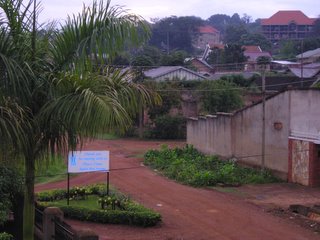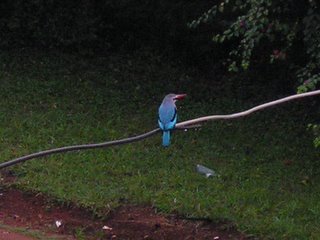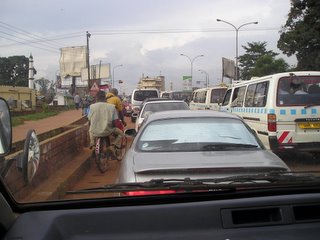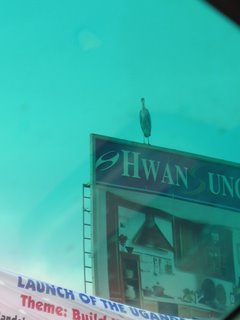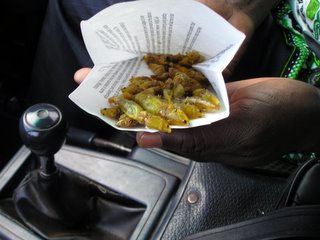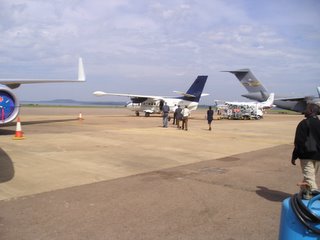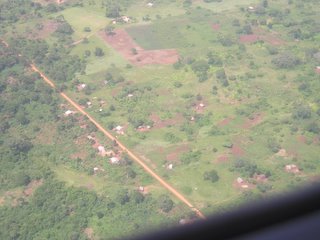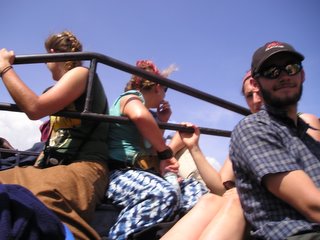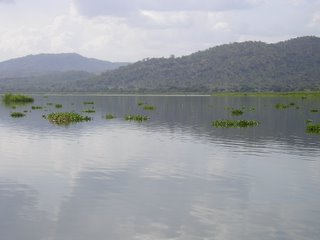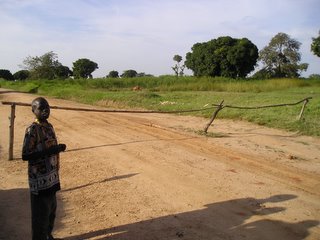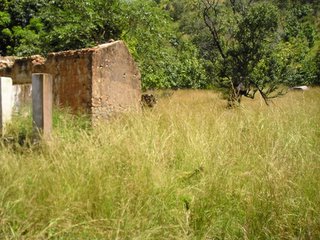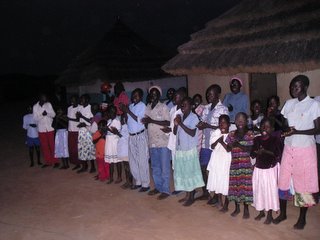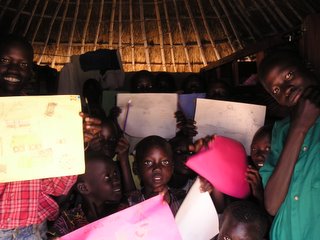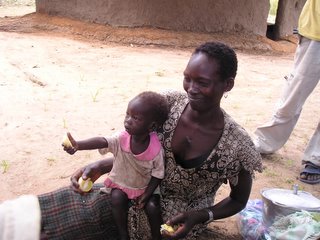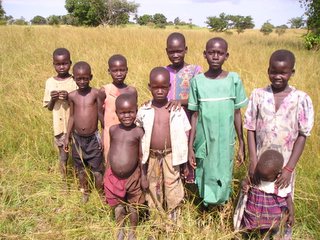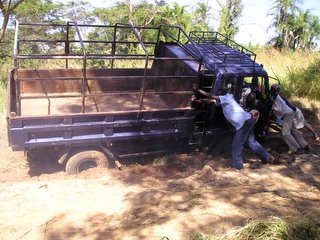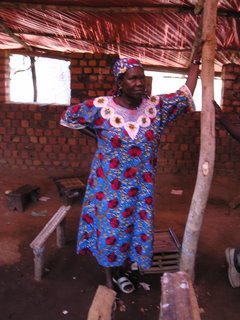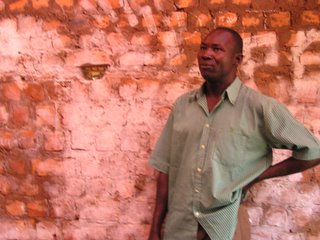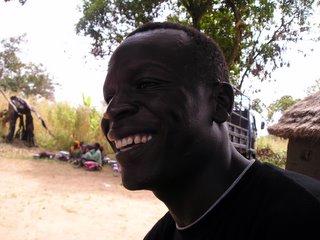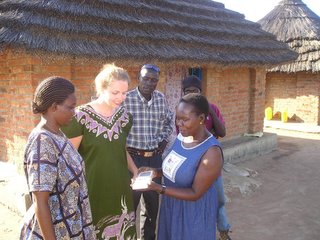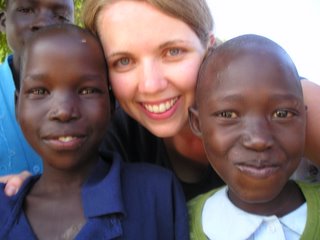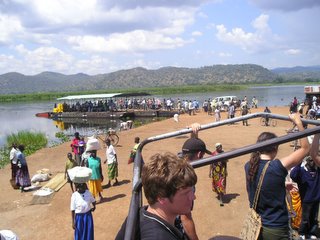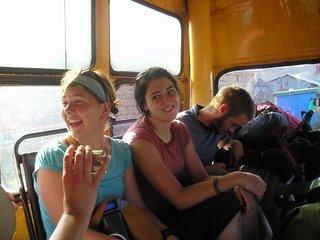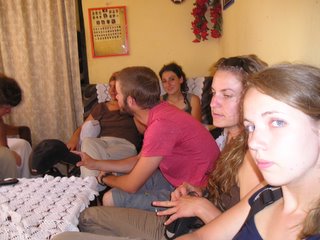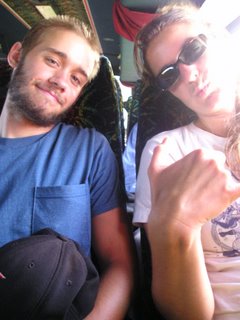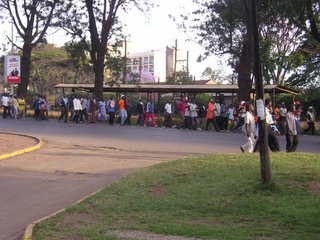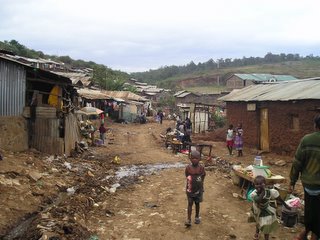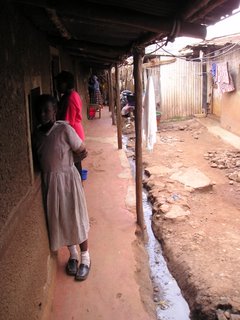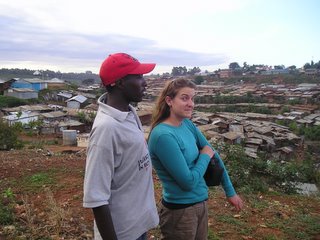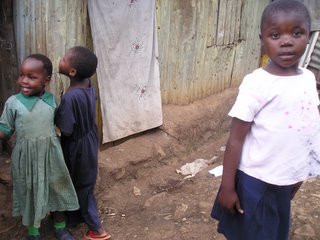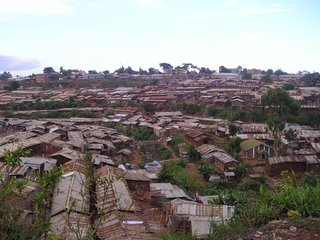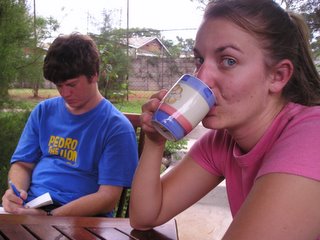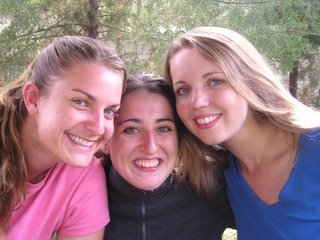There is a fine line between creating art and enshrining narcissism.
Hit the Next Blog button at the top of this window a few times and I guarantee that you will quickly come across the work of some blog poet. It will be a housewife from Sydney or a tax auditor in New Mexico, and that internet savvy writer will be only one out of how-many-thousands of individuals which have devoted web space to commemorate his or her own work.
I am one of them; I won’t deny it. The internet has created a self-publisher’s dream. It is alluring to put those treasured bits of the human soul out for public display. And there are so many people writing poetry these days. Some of it is good. Some of it is awful. Most of it will never be looked at twice. But what does this glut of webcentric poetic overload mean for the larger interplay of art and society?
Lately I’ve been thinking quite a bit about the implications that self-published poetry will have on the genre itself. Reading poetry used to carry more weight. The very fact that a piece was in print implied that someone somewhere had found artistic value in it. Now any aspiring writer can have their work displayed to the entire world. This brings up so many questions in my head.
First: Is poetry dead? Really. The height of the poetic form is generally seen to be the Romantic period in the late eighteenth century. Wordsworth and Shelley shook society with their lines. Ever since their time, poetry has slowly become everyman’s artistic outlet. The information age has only broadened the scope. Shouldn’t art find new ways to express truth? Can we really claim that our poetry says something new when the form is so worn out? And if poetry is dead, then what has taken its place?
Second: If poetry is not dead, then who gets to decide which pieces are actually art? Any schmuck can put her work on a blog as a permanent monument to her personal epiphany. Maybe it is good. Maybe it is more democratic than leaving poetic selection to the academic systems of power that compile anthologies twenty years after the authors have died. But does democracy work with art? Is there a necessary standard by which poetry and other art must be judged? How do we find and share the really good stuff if there is no centralization to artistic selection? Perhaps our grandchildren are the only ones that will be able to sort through the deluge and pull out lasting, innovative work.
Third: Should poetry serve an audience at all? The world has had many great poets: some were famous in their own time (think Coleridge or Pope), and others were successful only posthumously (Dickinson, Blake). The difference between our generation and theirs is that we can garner an audience for any bit of text. They could not. So our poetry can serve to provide the immediate gratification of public (small though it may be) attention for our self indulgent, barely artistic work.
I have one old book that is a self-published collection of poems by a rich man. The novelty of the volume appealed to me more than the work inside, and my initial reaction was to think “How self-important he must have been! He published his entire collection just because he thought that he deserved it.” But of course my poetry blog posts are essentially the same thing. We (being the web poets among us) wouldn’t post a poem that we found no value in. We self validate our work, and we post that validation in our favorite font. So does this even begin to count as art? It seems much more self serving than that. Or is my opinion of art too naïve? It is certainly a slippery bunch of ideas, and it brings up that haggard topic of institutionalization and art. Ugh.
So those are some of my thoughts of late. If you have any opinion about what I’ve said, or if you are a fellow web-publishing poet, please let me know what you think. I’ll probably still post my poetry here once in a while, but keep in mind that I may be contributing to the breakdown of an entire artistic genre when I do so. Please accept my apology, Keats.


